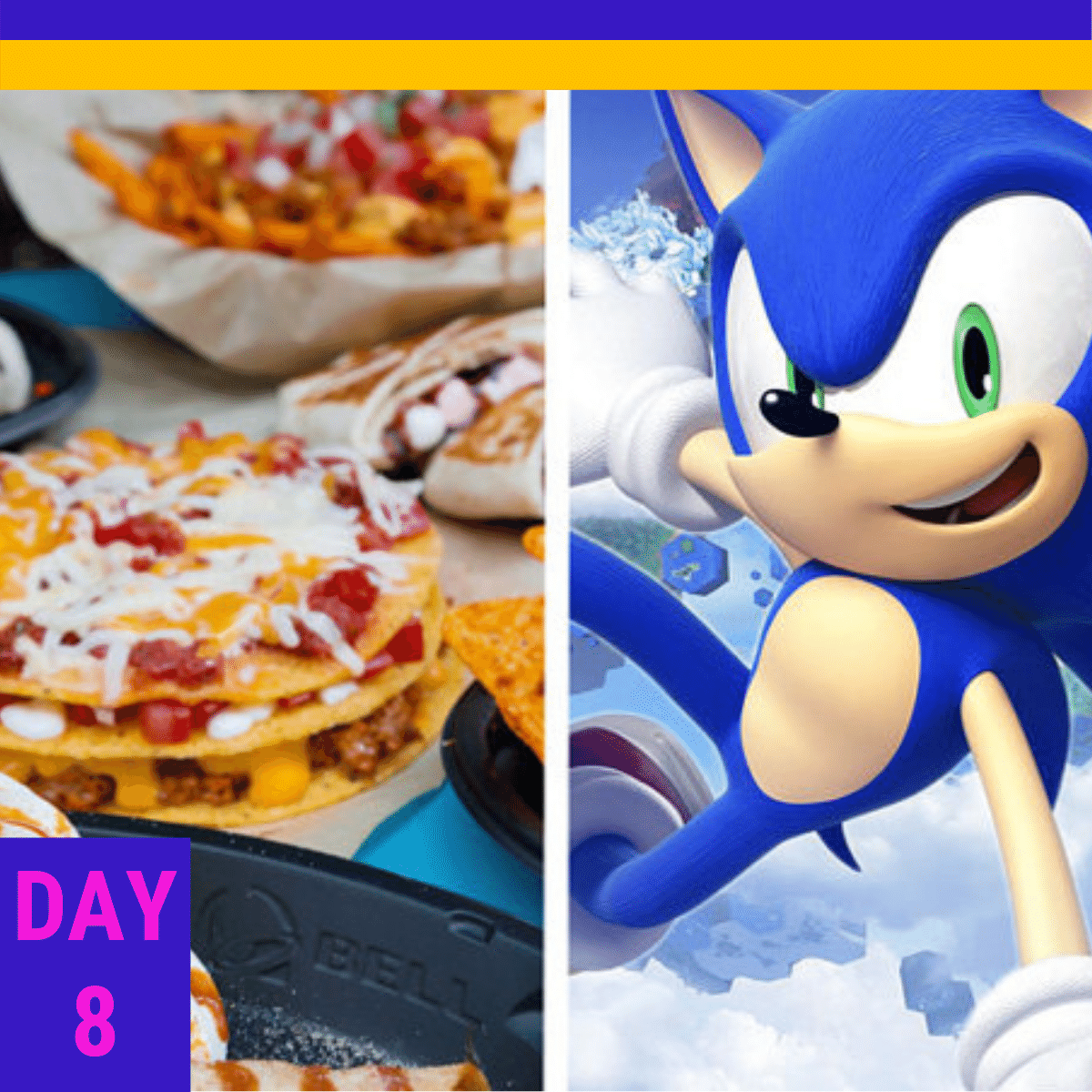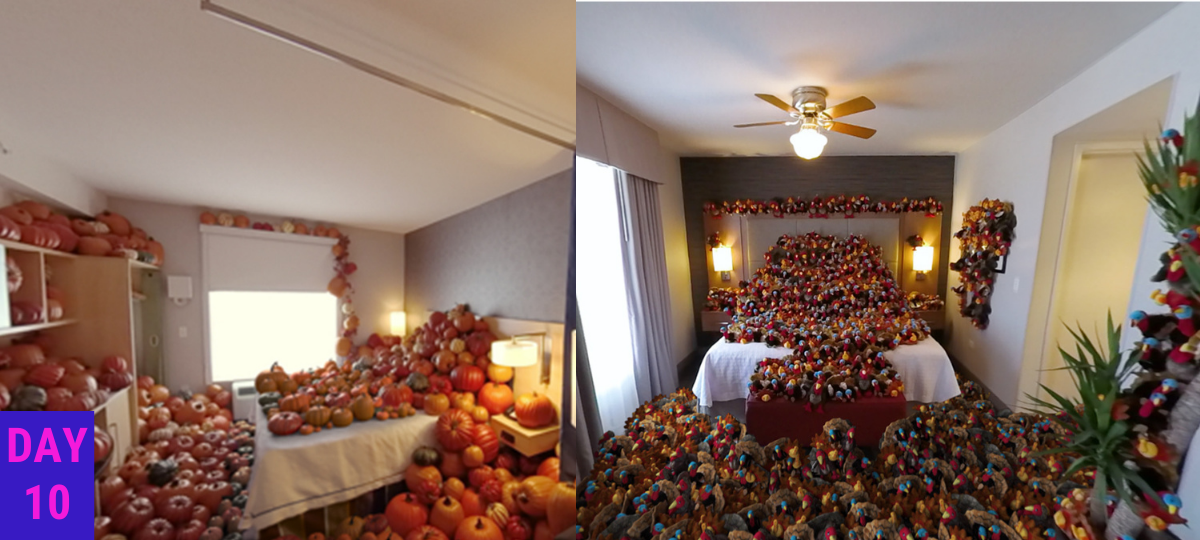We’re taking 40 days to salute the innovative brand teams that are leading the way as the marketing and advertising worlds integrate immersive media like 360 degree imagery, augmented reality (AR), virtual reality (VR), mixed reality (MR), XR, holograms and even AI into their marketing plans and advertising campaigns. In this highly competitive and digitized world it’s all about breaking through the clutter and better connecting and engaging with the consumer. It’s about forging a stronger consumer-brand connection. And that’s exactly what the 40 brands we highlight are doing!
So without further ado, here are Days 6-10 in our series of “40 Days of Immersive Brands”. For Days 1-5, click here.
DAY 6: EVEN UTILITIES LIKE COMED CAN BE HIP
We love this example of immersive media in action because it comes from a seemingly unlikely source, a public utility. In Day 6 of our “40 Days of Immersive Brands” we’re showcasing the immersive deep display ad campaign run by ComEd.
In an effort to educate the market about all the Engery Saver rebates that were available in their home, they leveraged the power of 360 imagery to feature a full view of an active home. The immersive ad ran in two sizes, the common multi-purpose unit 300×250 and also as a full screen in-app ad. If a consumer came across the ad as they were on mobile, it responded to their device motion or touch. On desktop, a mouse could be used to explore. As you scroll around the home, animated pop-ups (also known as hotspots in the immersive, aka metaverse, world) appear highlighting the many appliances that have available rebates. Consumers can tap the icons and learn more if they choose.

The unit scored a home run when it came to getting consumers to engage with a utility and dwell with the brand and its message. They were also able to see which offers generated more engagement and dwell time. With more than 70 different consumer touch-points being tracked, there was much that could be learned from this kind of immersive deep display digital ad unit.
The utility could also use their first party data in combination with the data tracked in deep display ads to become even more targeted with their messaging. For example, they could use their own data to target those consumers who, for example, consume more energy than their neighbors, to convey valuable information they can use to save money on their bills and converse energy. As brands like ComEd are learning, immersive deep display ads and immersive media in general are great sources of information that are based on real consumer behavior. The provide a whole new collection of consumer insights.
DAY 7: DO THE #COOLRANCHDANCE
Now while not initially considered “immersive” tech, AI (artificial intelligence) can be used to create and enhance immersive experiences. For example, with immersive smart ads, AI can be used to analyze the wealth of data collected in such ads and optimize that content in real time. AI can also be used to do cool things like change videos submitted by consumers into funny, shareable moments which is exactly what Doritos did with their recent Cool Ranch Super Bowl campaign.
 In case you missed the spot, singer Lil Nas X and actor Sam Elliot bring us back to the old west with a bit of a twist. Audiences were treated to a dancing duel and encouraged to do the #CoolRanchDance. Fans could share their videos on social platforms using the hashtag and if fans recorded a 30 second clip and uploaded it to a special app, the app would augment the video. The augmented video took the fan’s body and transposed it over 1 of four dances that Lil Nas X and Sam Elliot perform in the commercial. End result, you look like a dancing pro and you have a video you want to share with everyone! Great engagement and great shareability!
In case you missed the spot, singer Lil Nas X and actor Sam Elliot bring us back to the old west with a bit of a twist. Audiences were treated to a dancing duel and encouraged to do the #CoolRanchDance. Fans could share their videos on social platforms using the hashtag and if fans recorded a 30 second clip and uploaded it to a special app, the app would augment the video. The augmented video took the fan’s body and transposed it over 1 of four dances that Lil Nas X and Sam Elliot perform in the commercial. End result, you look like a dancing pro and you have a video you want to share with everyone! Great engagement and great shareability!
DAY 8: JACK IN THE BOX & SONIC HEDGEHOG
While we have yet to see an immersive display ad (aka, “deep display”) out of Jack in the Box, their innovative creative teams have been no stranger to using immersive technology to better engage and connect with consumers.
For Day 8 in the ADVRTAS “40 Days of Immersive Brands” series we highlight Jack in the Box partnering with Paramount Pictures to use the Snapchat AR lens feature to create a campaign promoting the 2020 theatrical release of Sonic the Hedge Hog.

From a fun AR game where users could grab the “Tiny Tacos” to a shoppable AR app, it was an engaging way to use immersive media to engage with the campaigns target audience of 13-24 year olds. Which we all know spend a boatload of time on Snapchat!
Jack In The Box also dabbled in AR back in the Summer of 2019 when they asked Snapchat users to build their own burgers.They’re a great example of a brand embracing new technology for marketing and advertising. Clearly, they’re learning that these kinds of immersive experiences are effective. And even better, every step along the way they’re learning the do’s and the don’ts that will help them keep a competitive edge.
DAY 9: MOUNTAIN HARDWEAR
The entry for Day 9 is a great example of how immersive technology like augmented reality is spreading among marketing teams of all sizes and verticals. Take Mountain Hardwear, an outdoor athletic apparel retailer that learned one of the biggest barriers for consumers who are interested skiing and other snow sports is that they have no idea what gear to buy or how to shop for it.

Mountain Wear attempted to solve that problem by building an augmented reality (AR) app that provided virtual try-ons, gave expert tips, and more.
DAY 10: HILTON DOES THE UNEXPECTED
Go back, if you will, a few years when traveling didn’t involve any concerns relating to a pandemic. That’s the pre-pandemic world we were living in when Hilton realized it had a problem. Travelers didn’t know that every room available in their Embassy Suites, Homewood Suites and Home2 Suites hotels were indeed all spacious suites. How were they to convey that every room was generous in size? Their agency GSD&M decided that the immersive and spacious nature of 360-degree content was the way to go!

The team created buzz-worthy 360-degree branded content to engage consumers and drive time spent with the brand. They went ahead and loaded up suites with everything from pumpkins and backpacks to stuffed turkeys. Then then challenged social media users to guess how many of the respective items could be found in the suite. The campaign resulted in high engagement AND a high dwell time. Two things that are so inherent when marketers use immersive media to connect with audiences.
Not only did 360° give our audience a reason to view every square inch of space in the suite, it encouraged participants to stick around and engage with the contest longer.
~Hilton Suites Brands
We would have loved to see Hilton carry out this concept beyond Facebook by way of incorporating immersive displays ads (aka “deep display”) into the campaign. They would have been able to reach audiences beyond the confined walls of Facebook with highly engaging banner ads that could reach audiences on websites and other targeted apps. But, being no stranger to testing out innovative tech like 360-degree content and VR, we expect that the marketing teams and agencies for the various Hilton properties will continue to use effective solutions like immersive media to break through the noise and reach consumers whether that be on Facebook or elsewhere.
That’s it for now! Be on the lookout next week for Days 11-15 in the 40 Days of Immersive Brands.